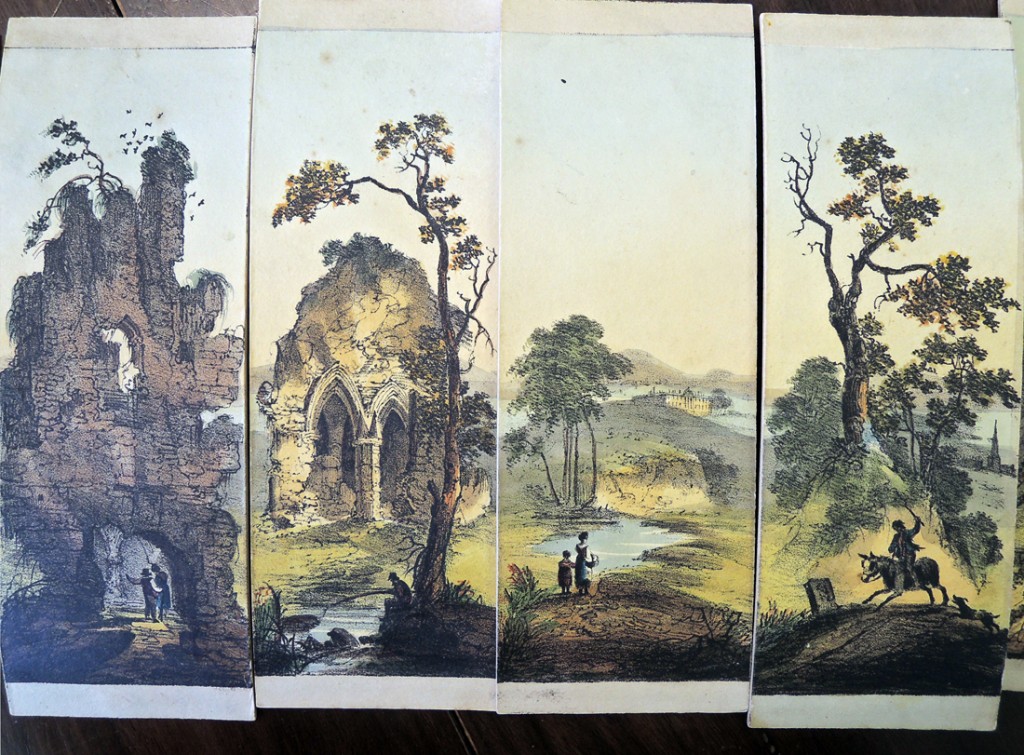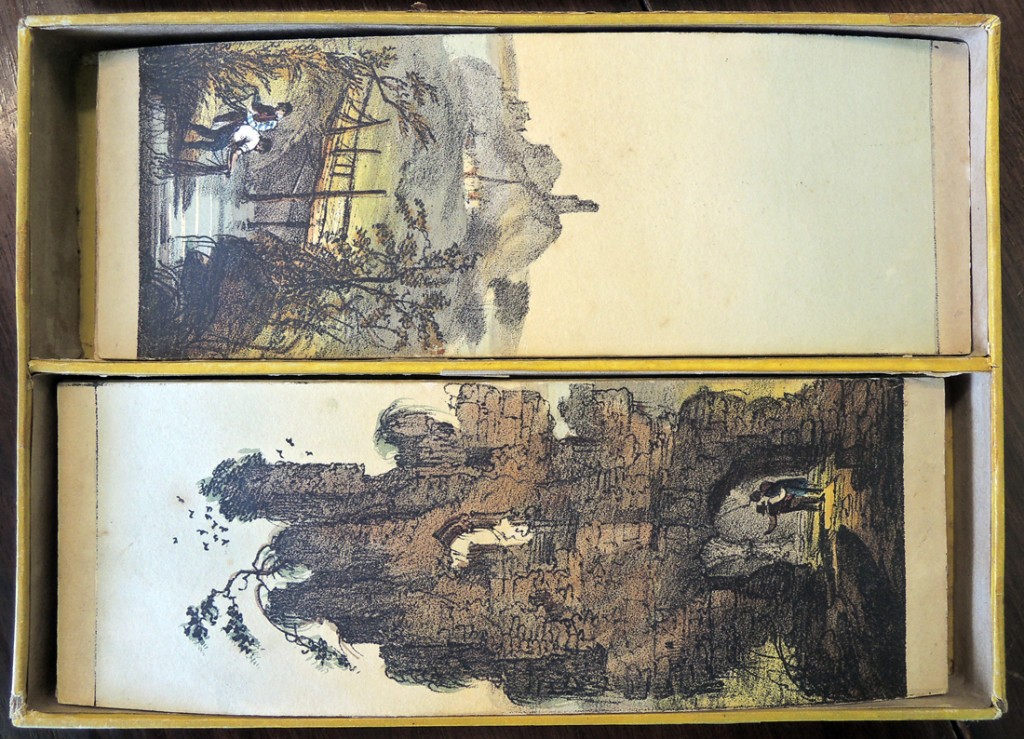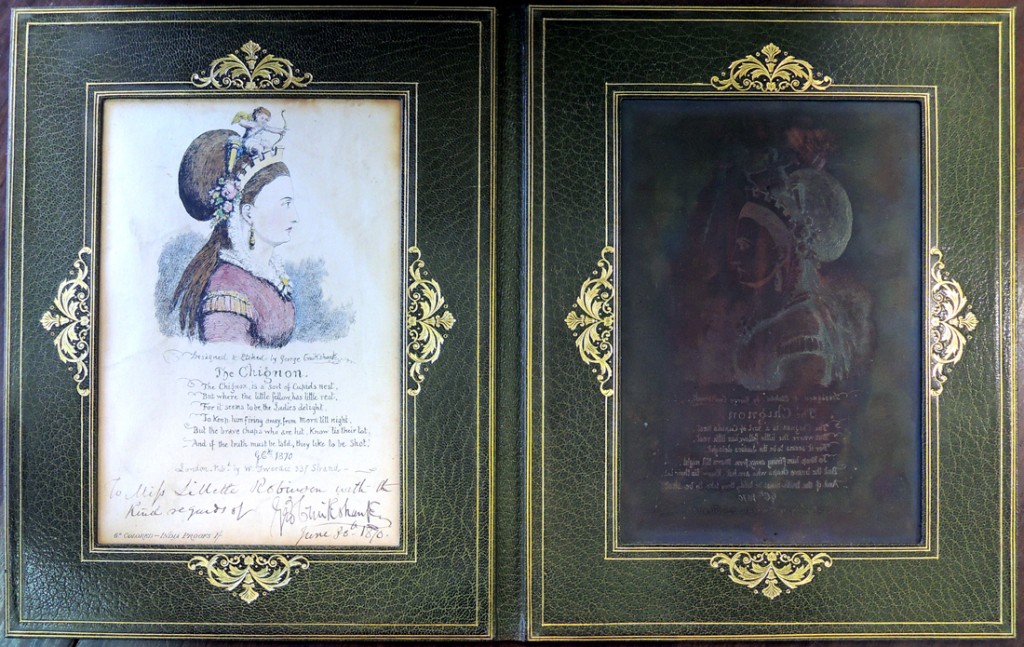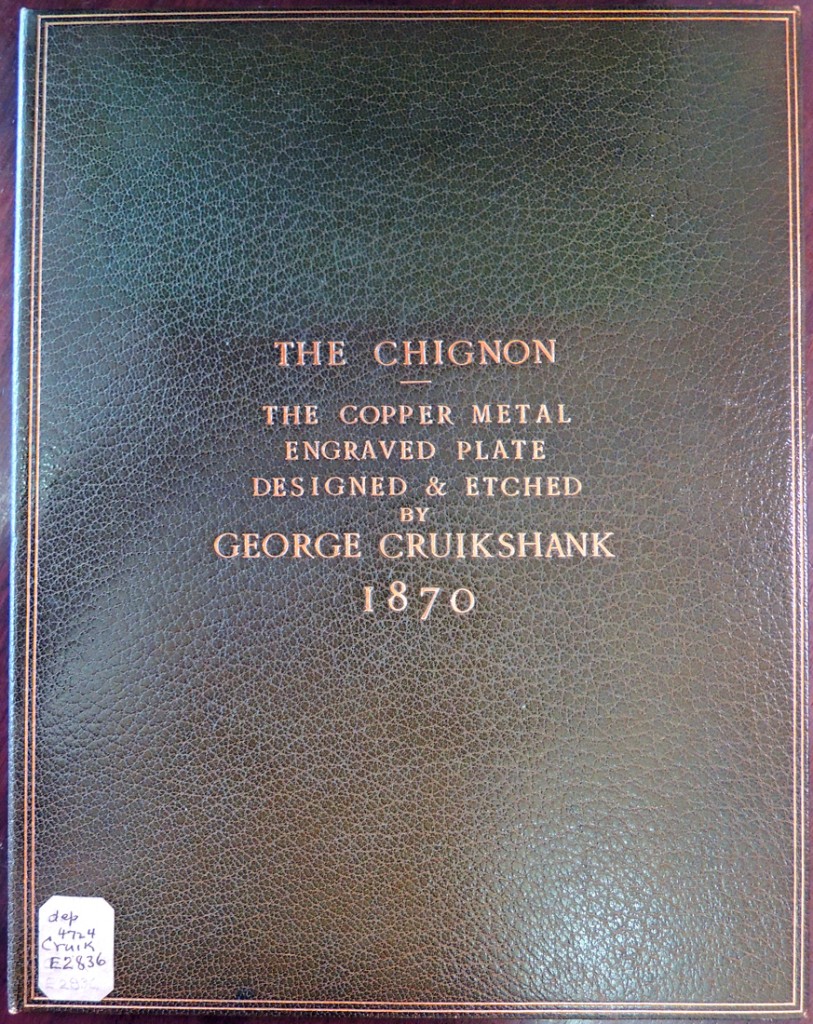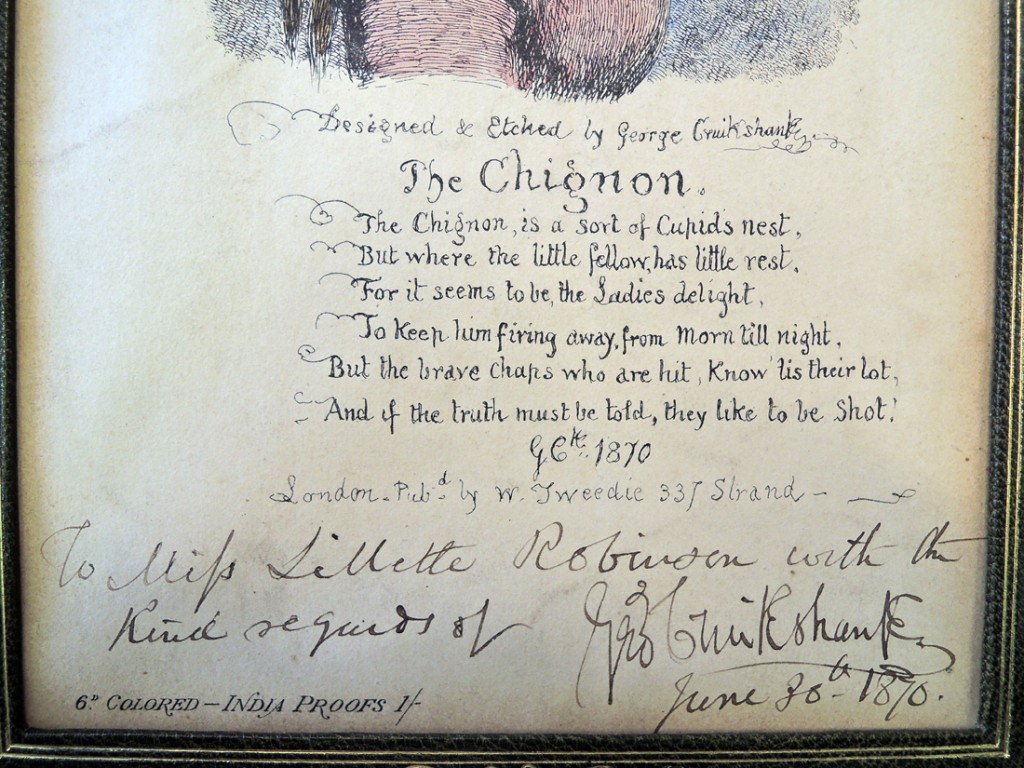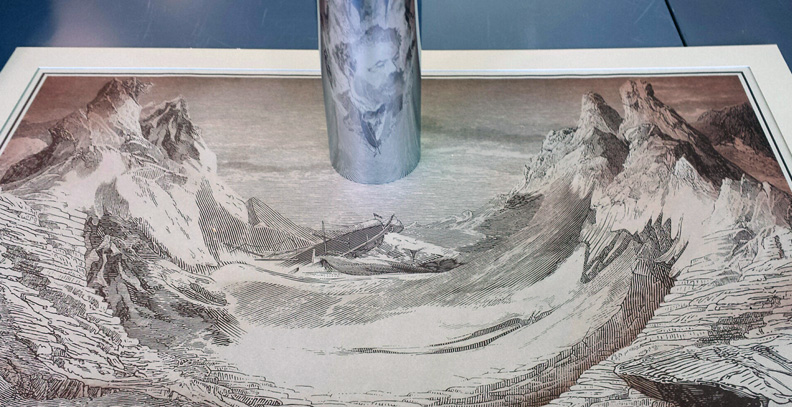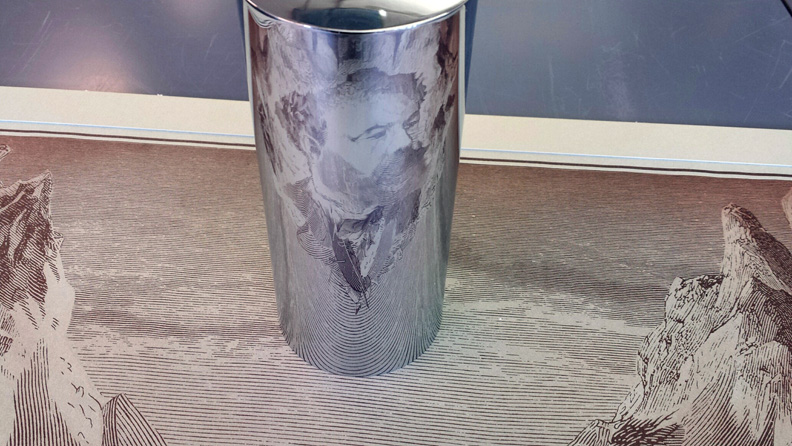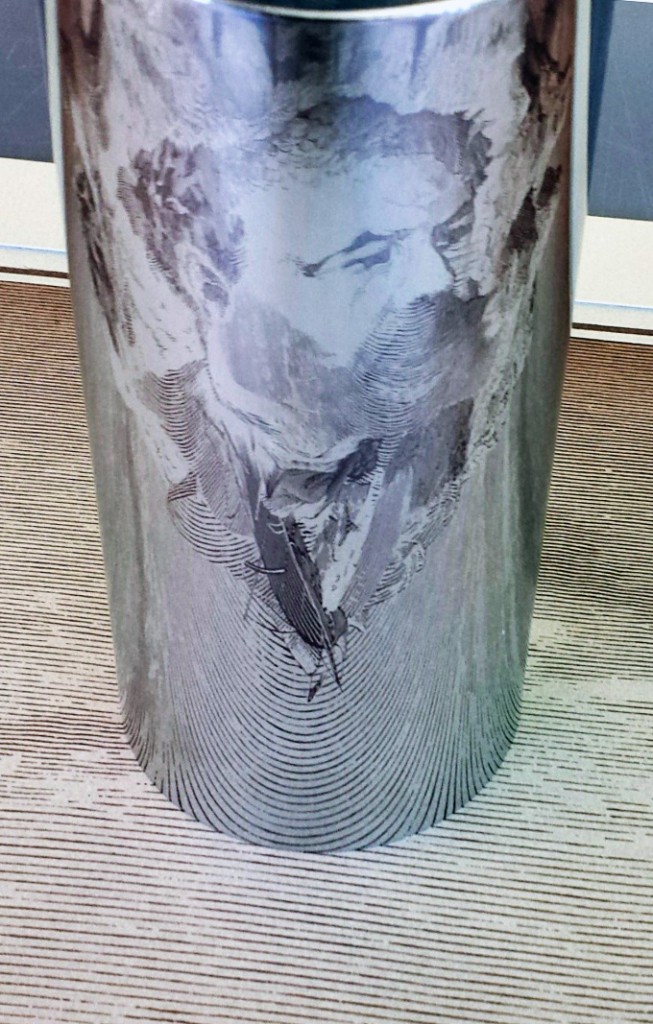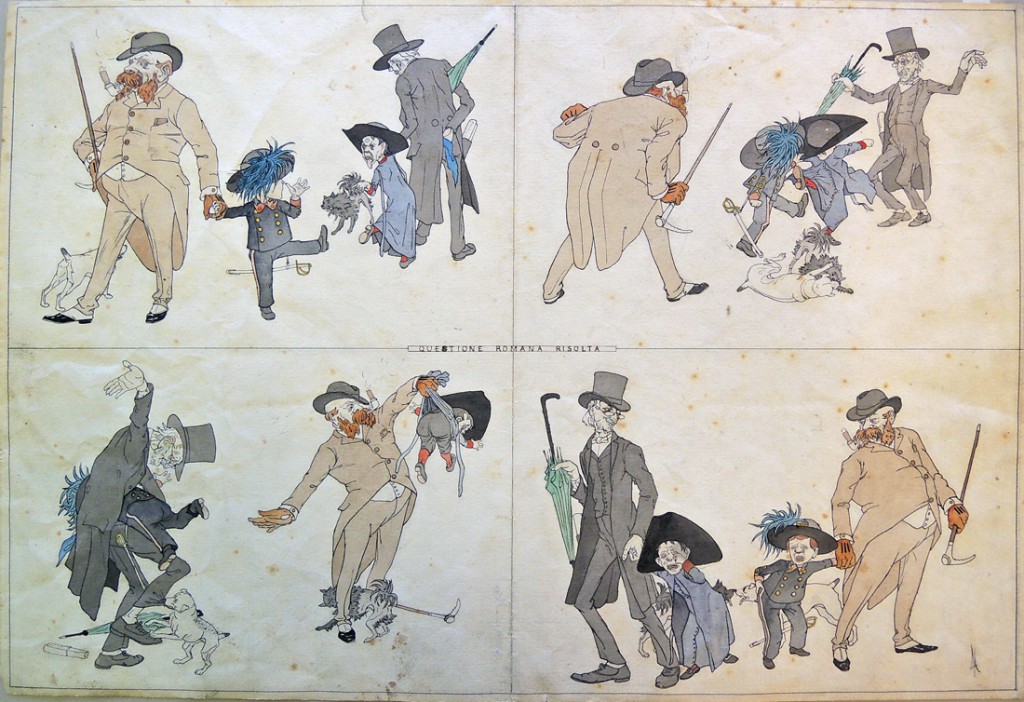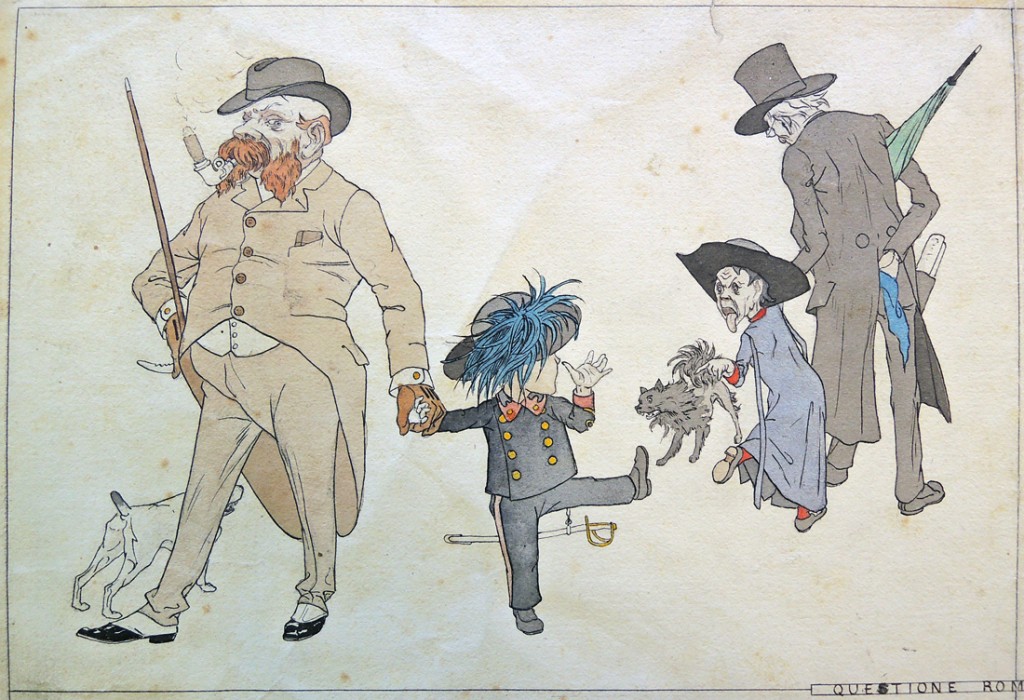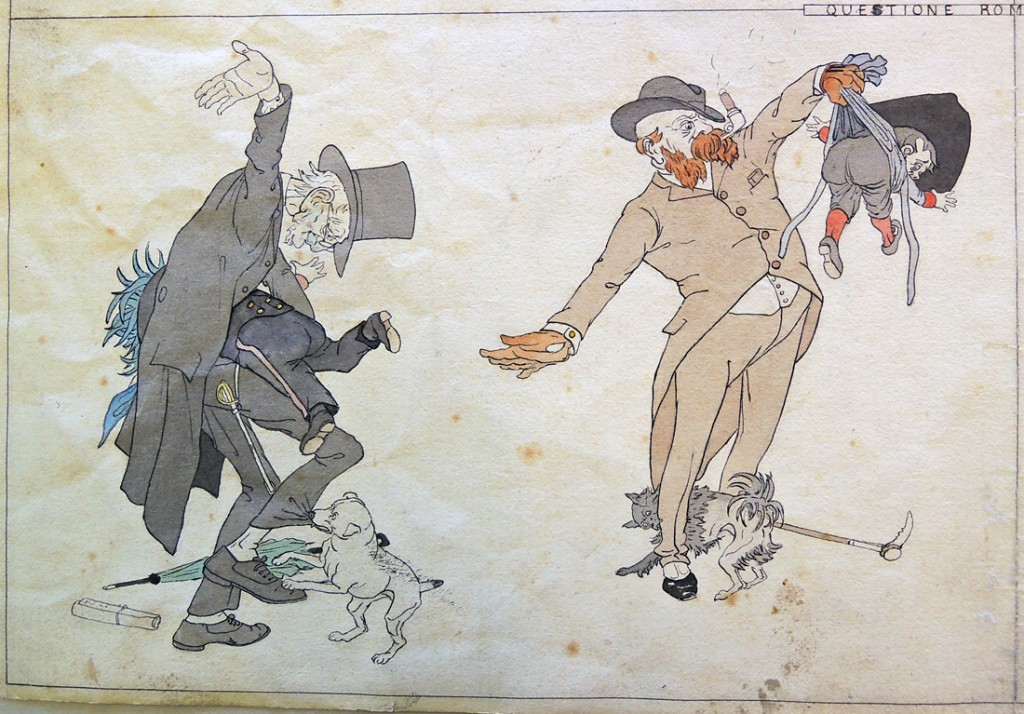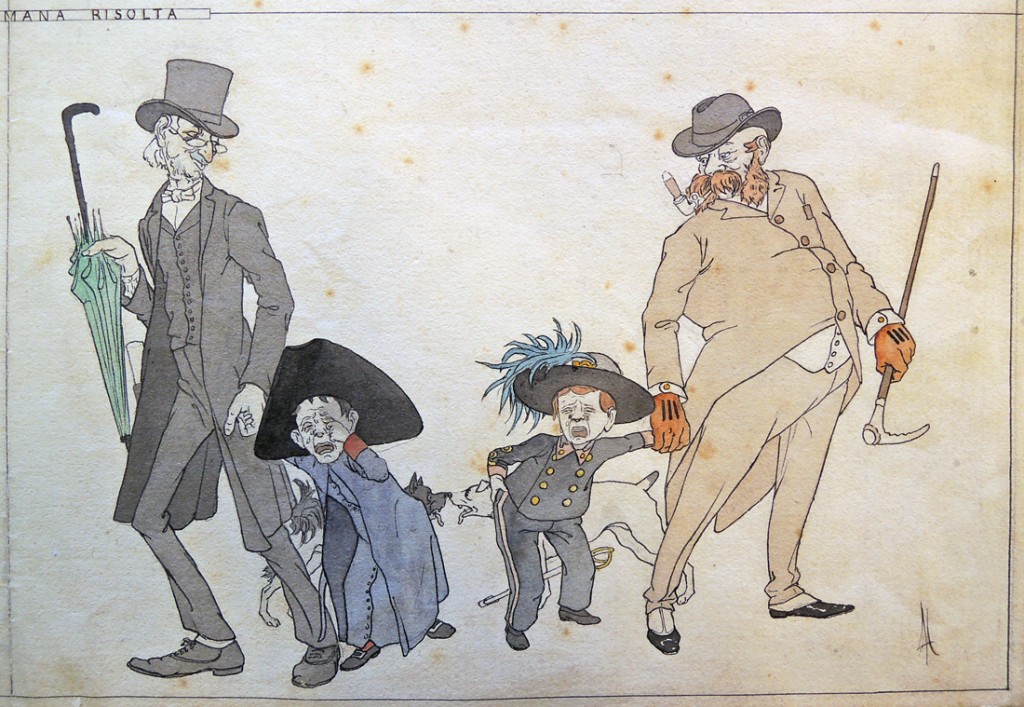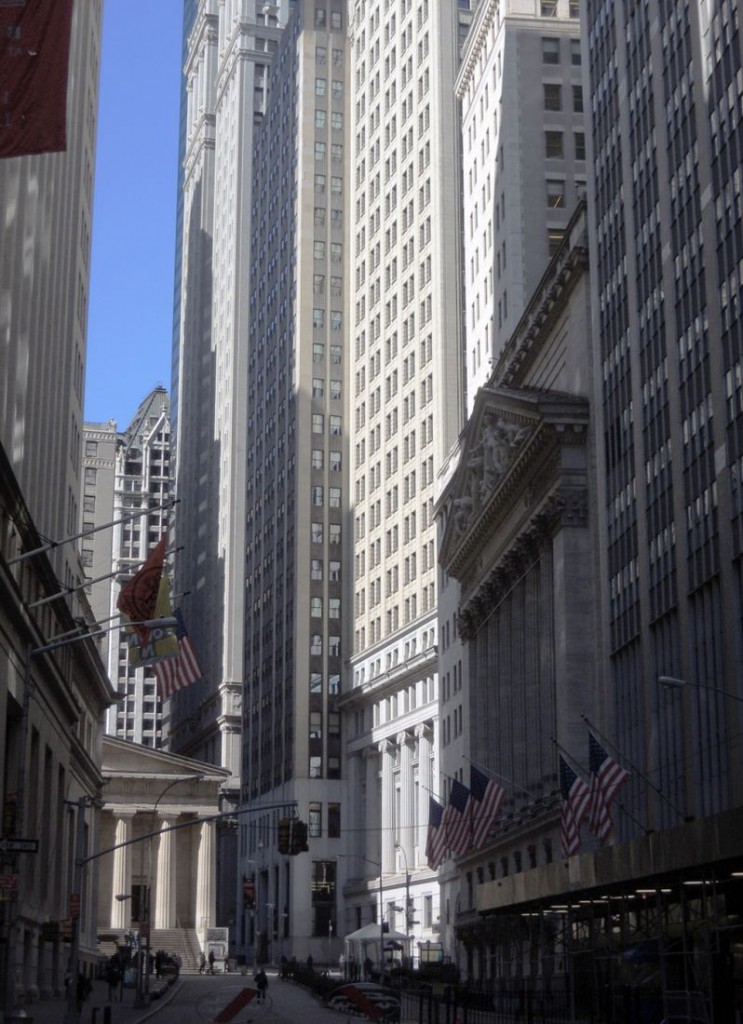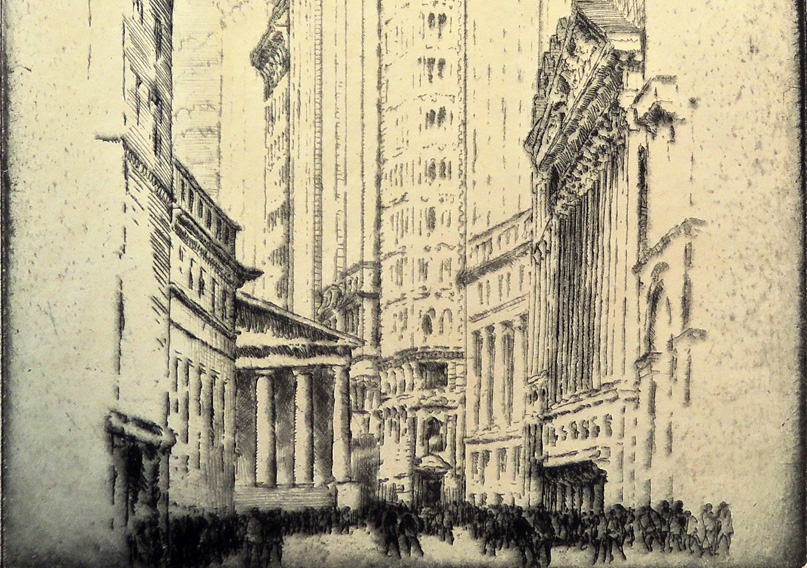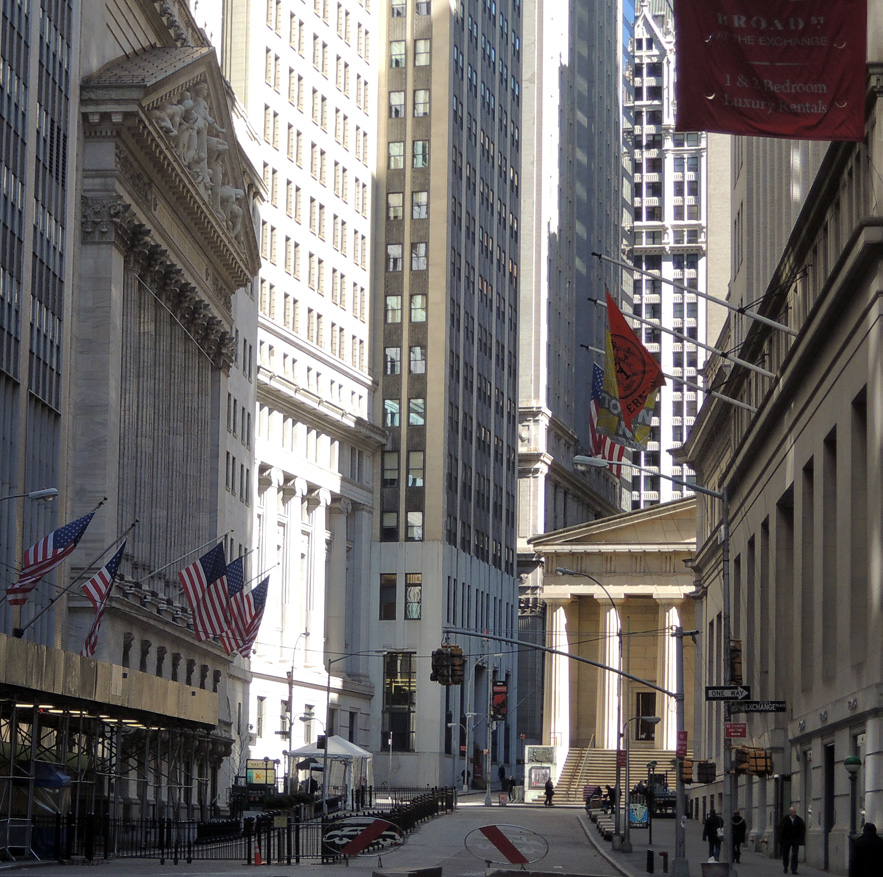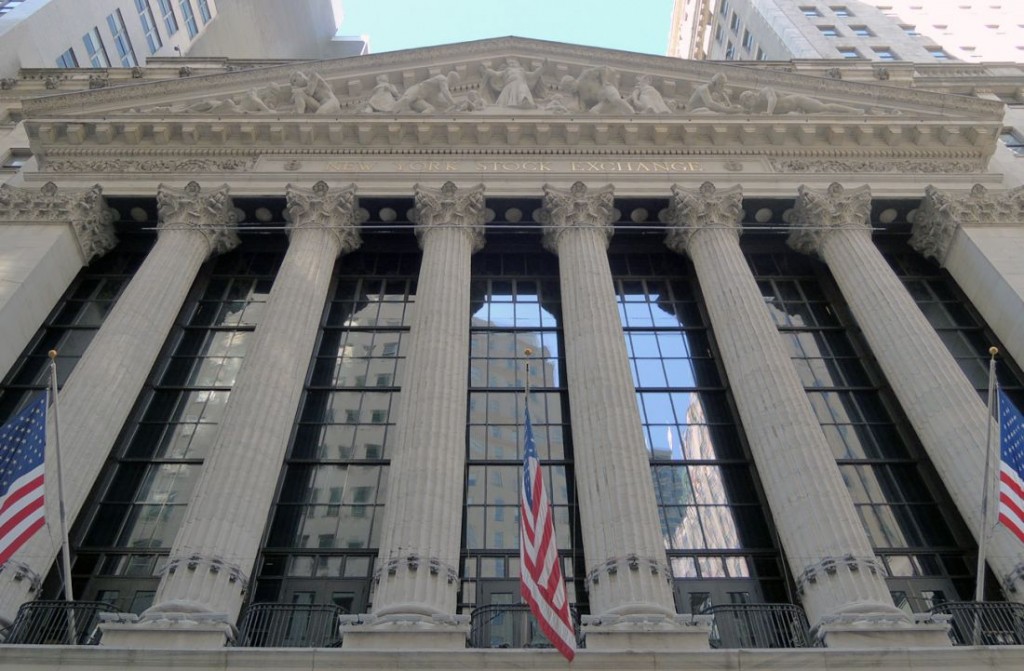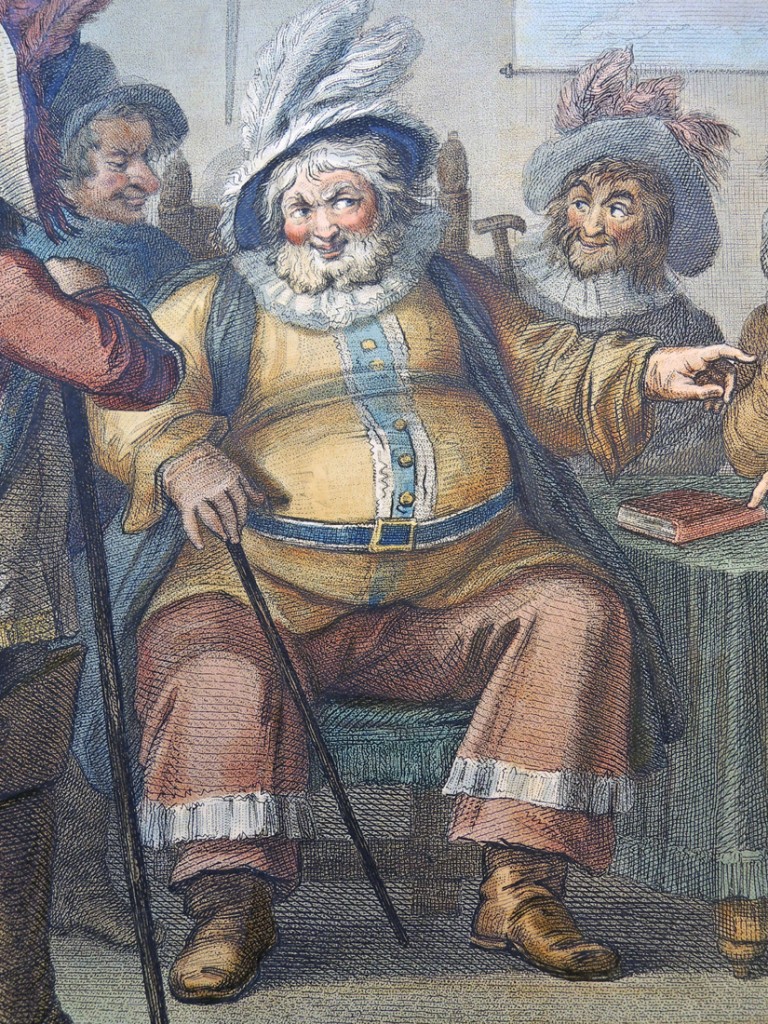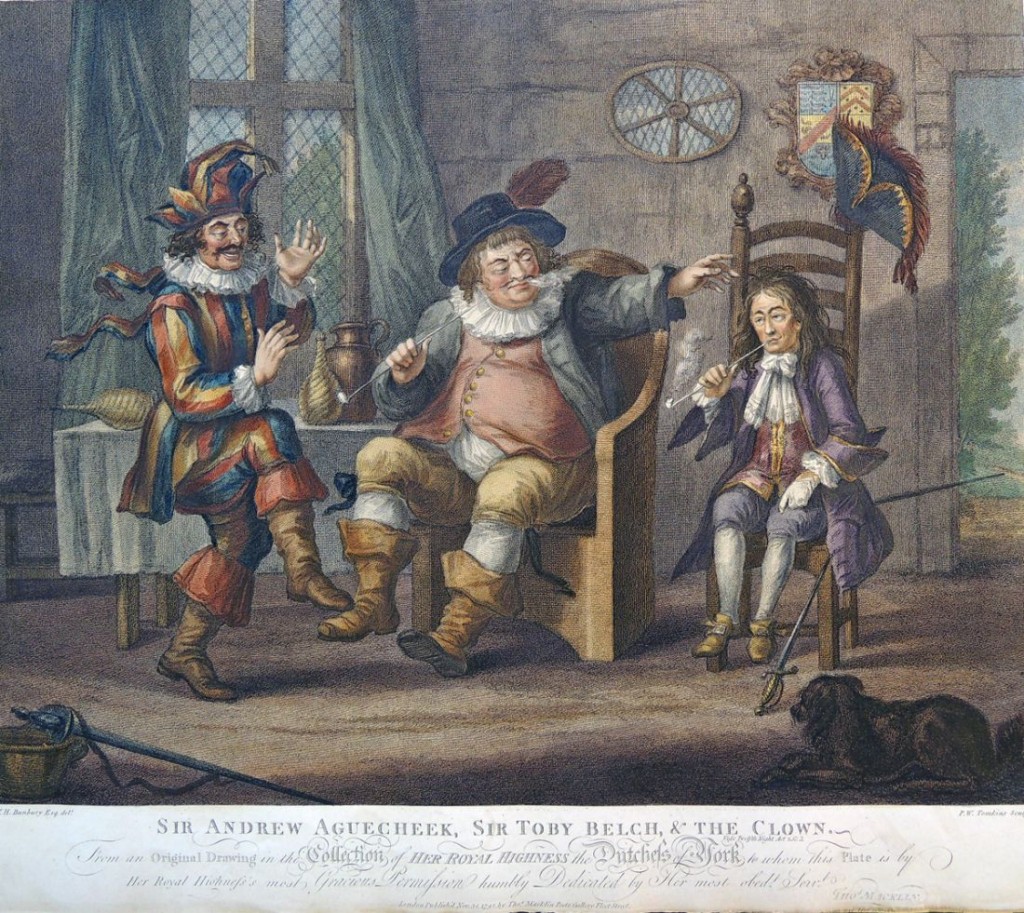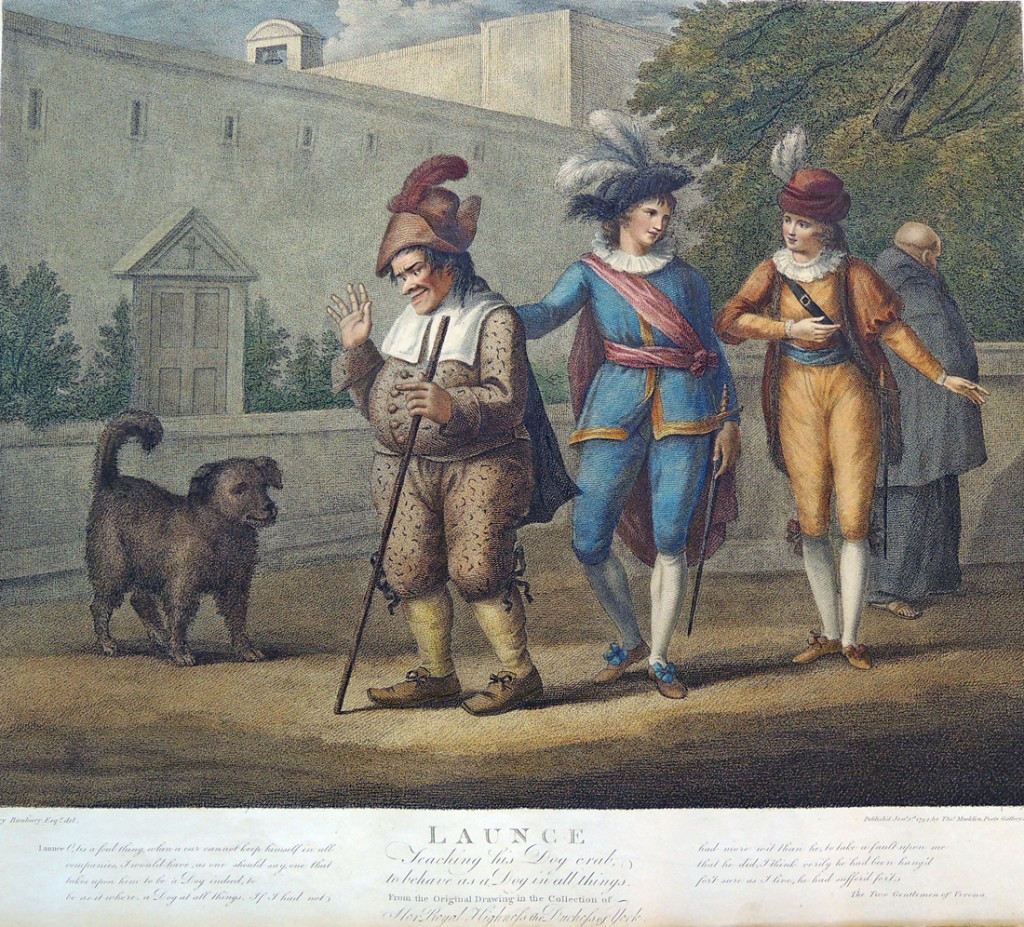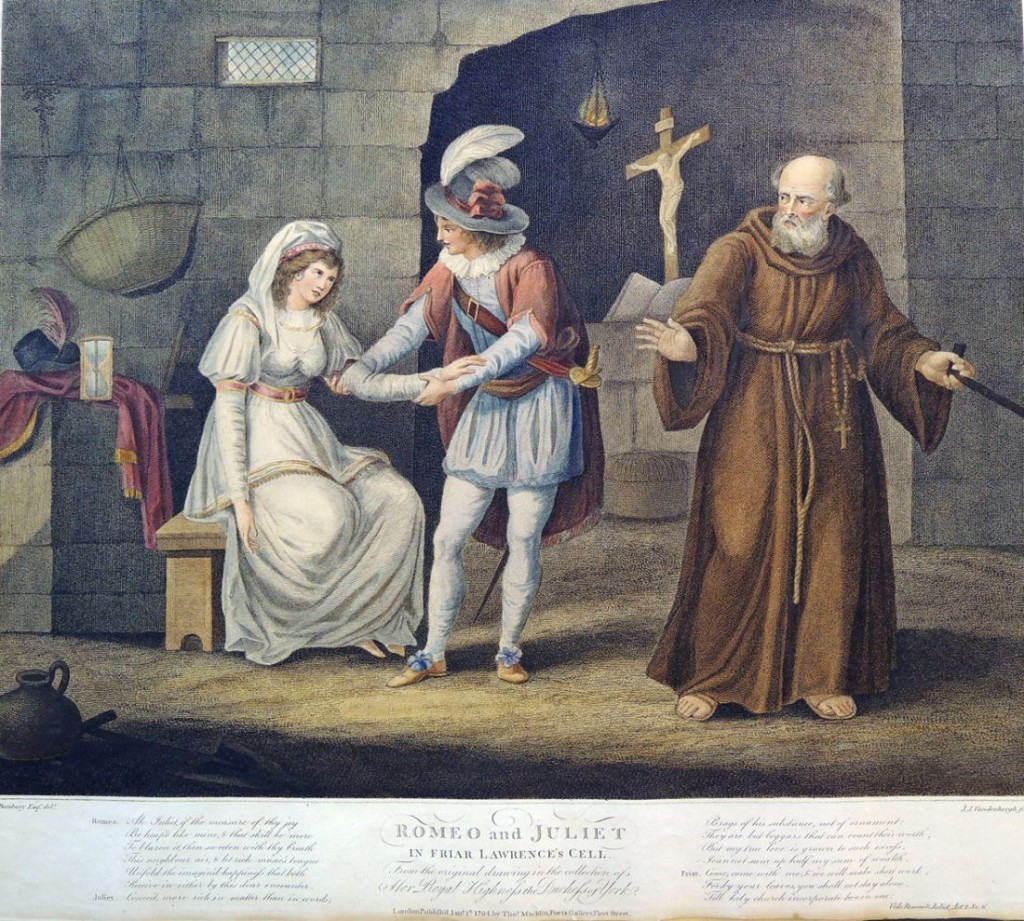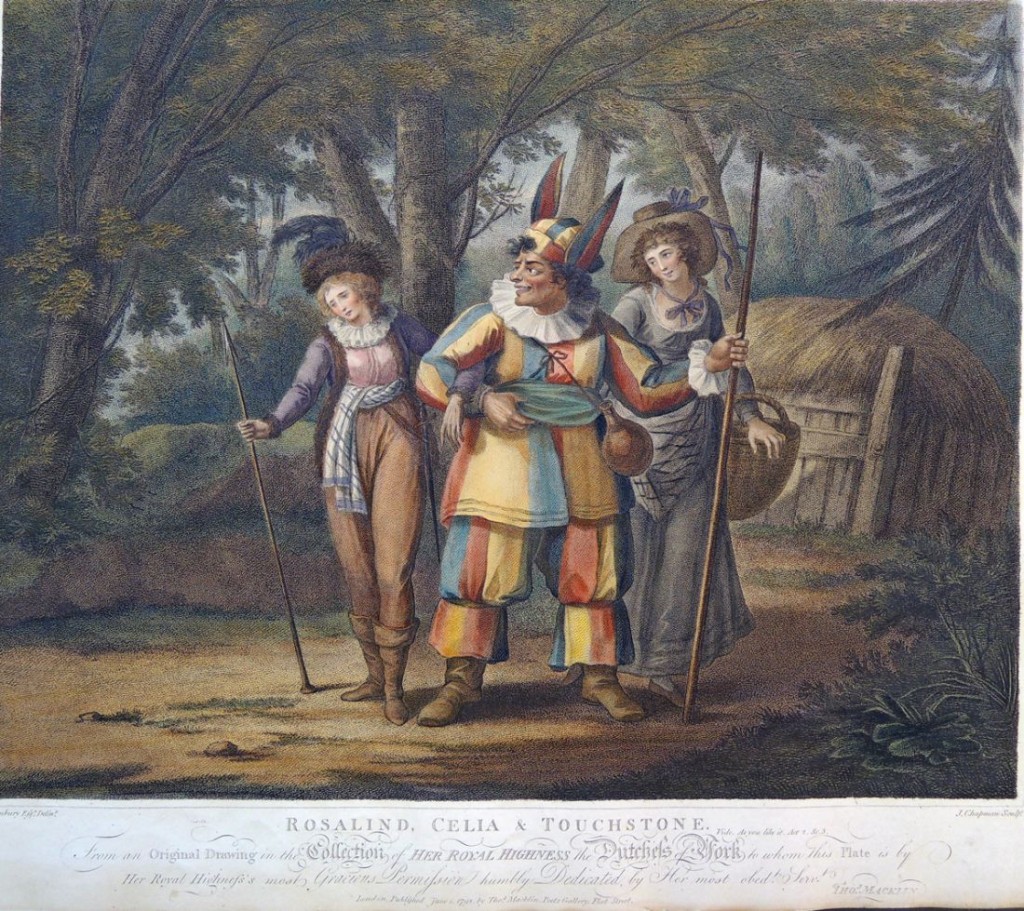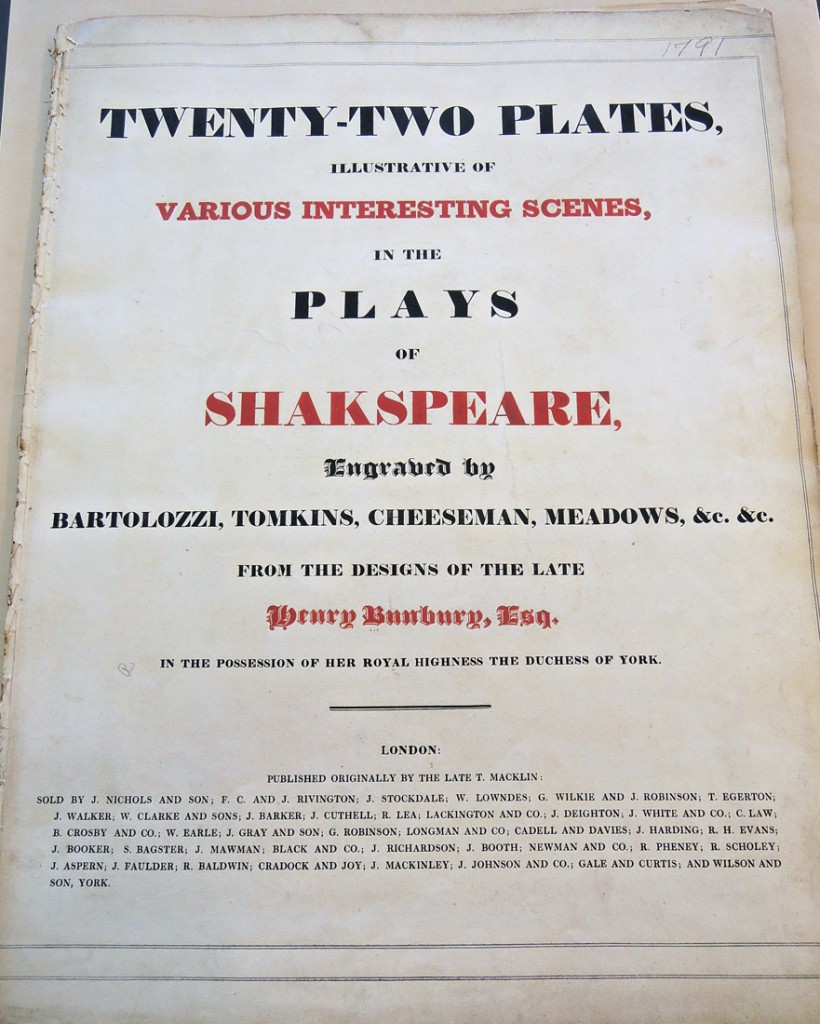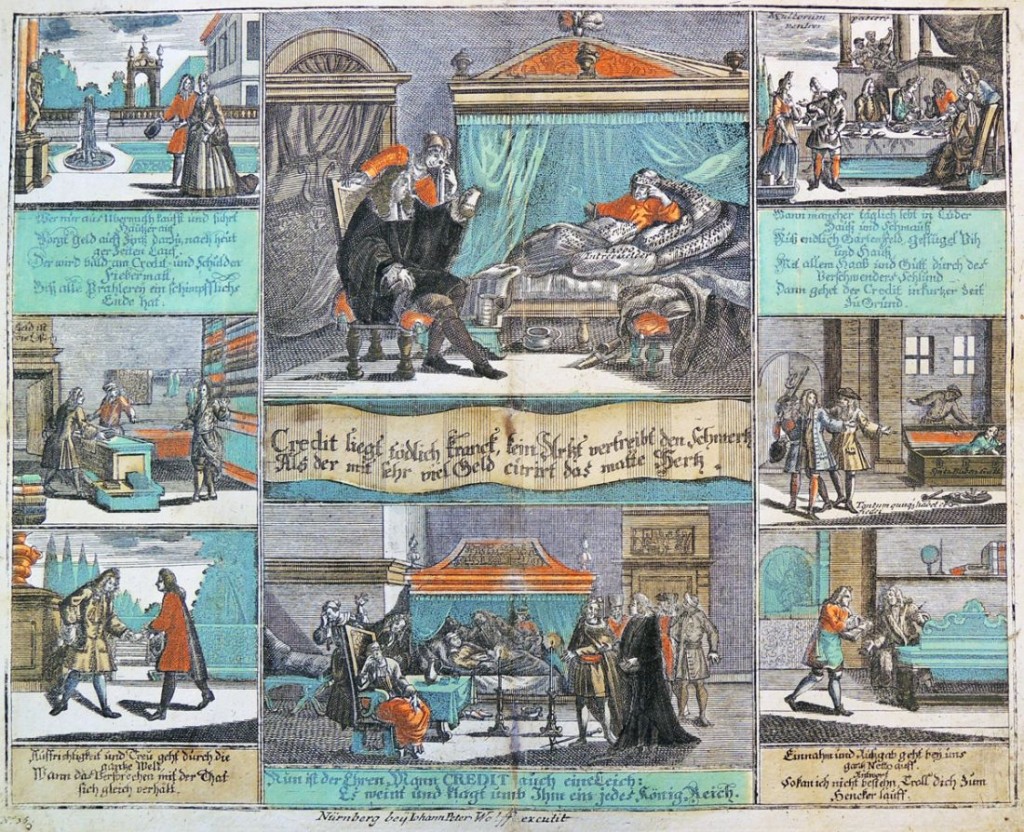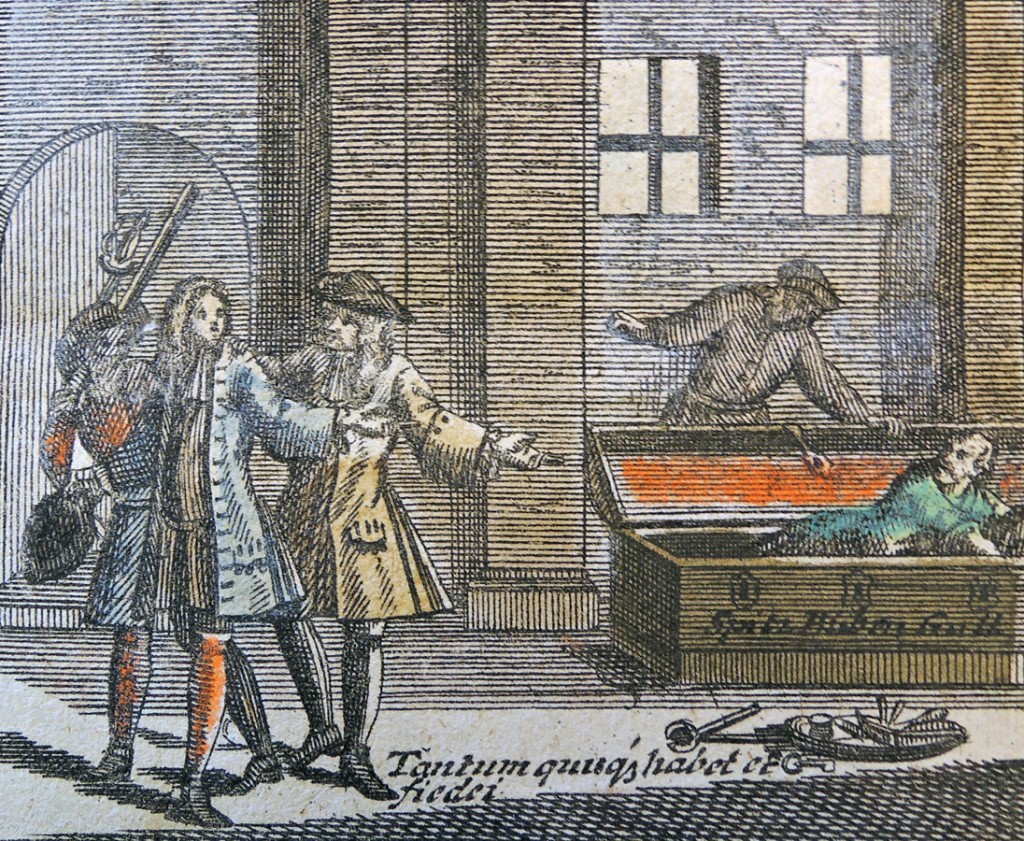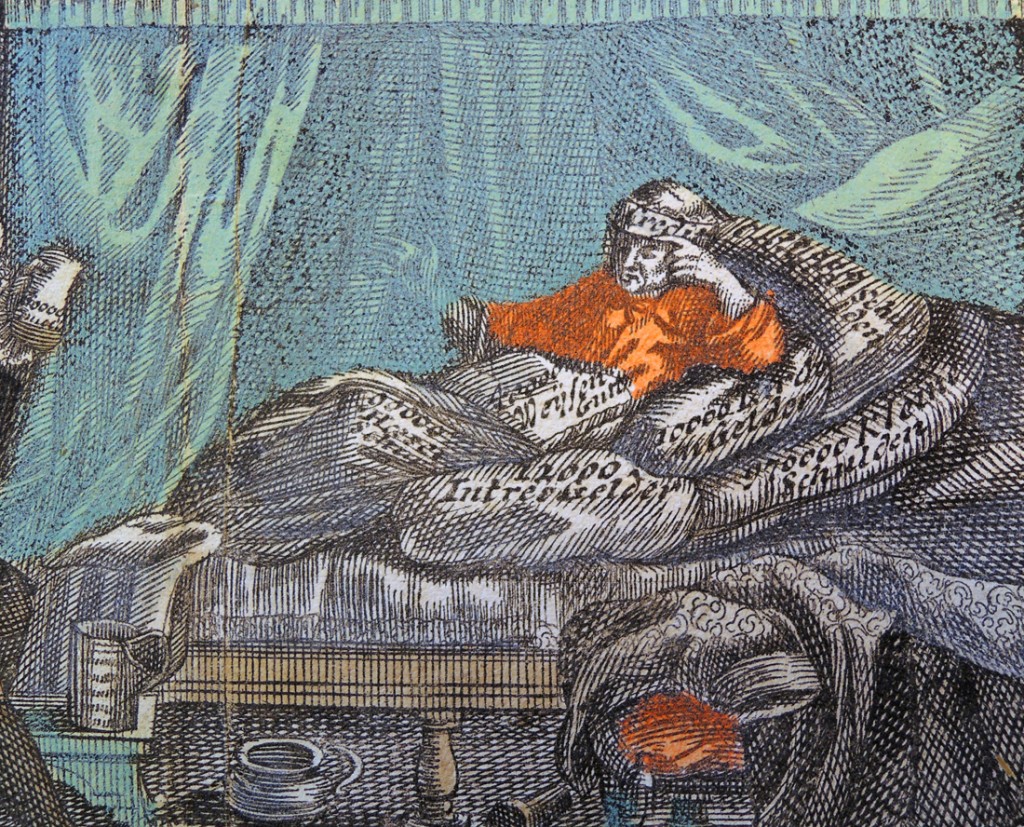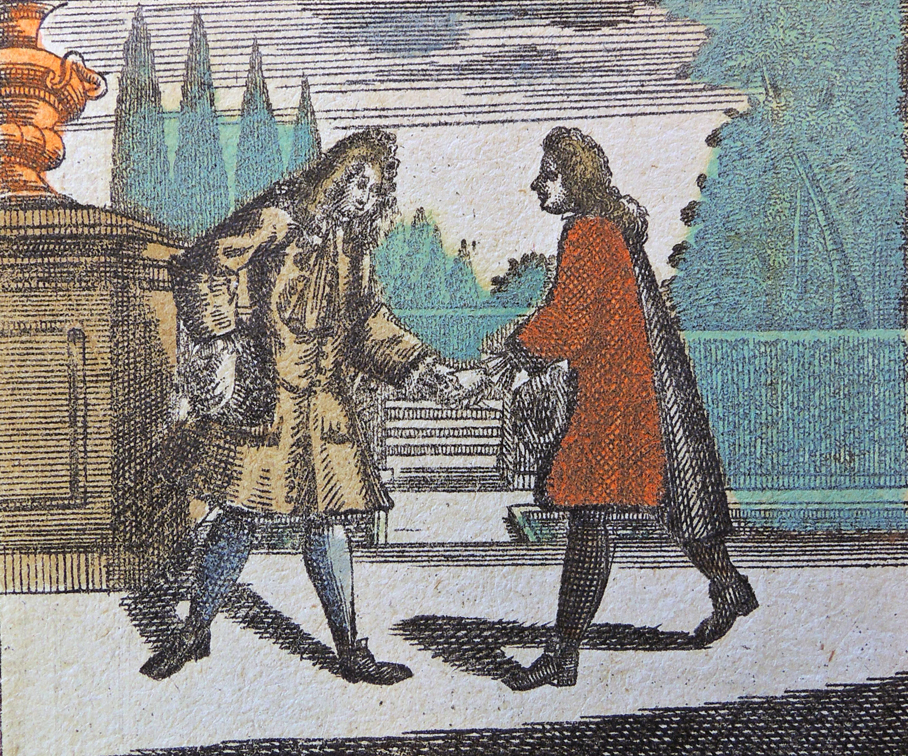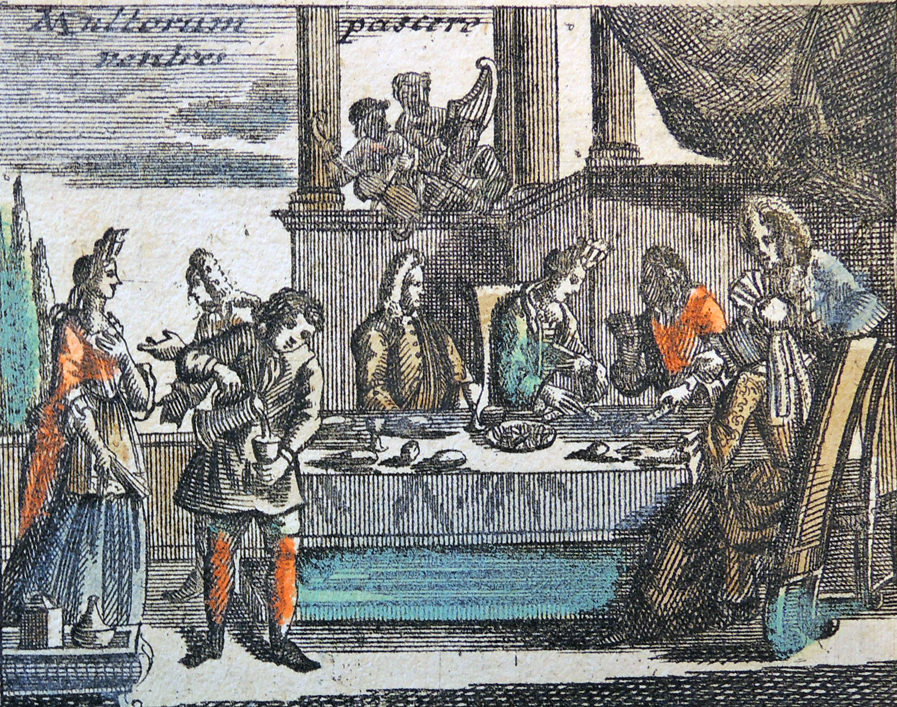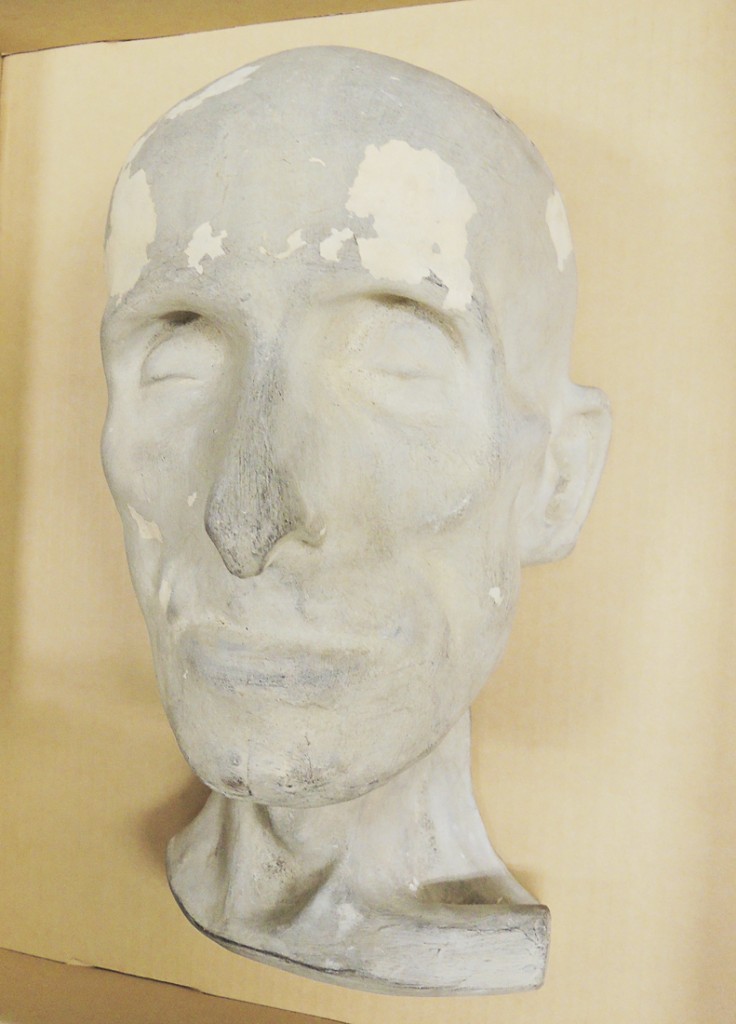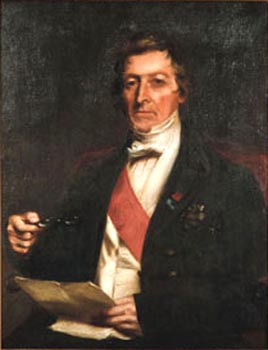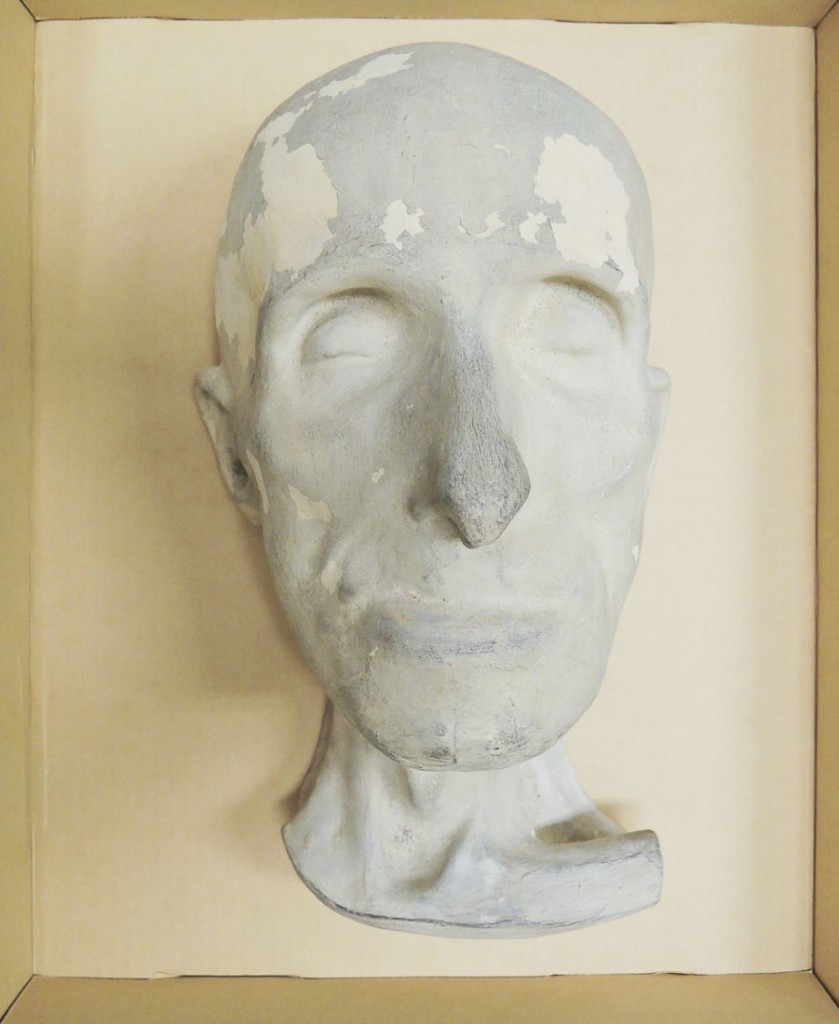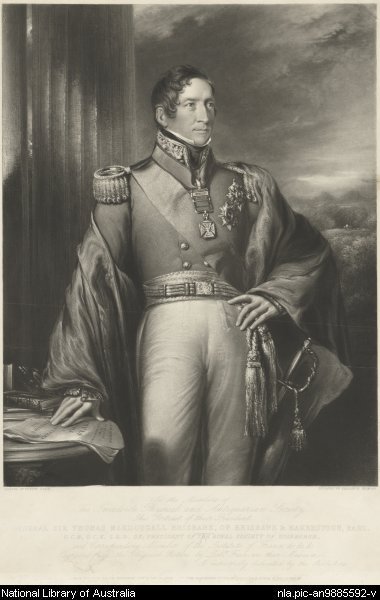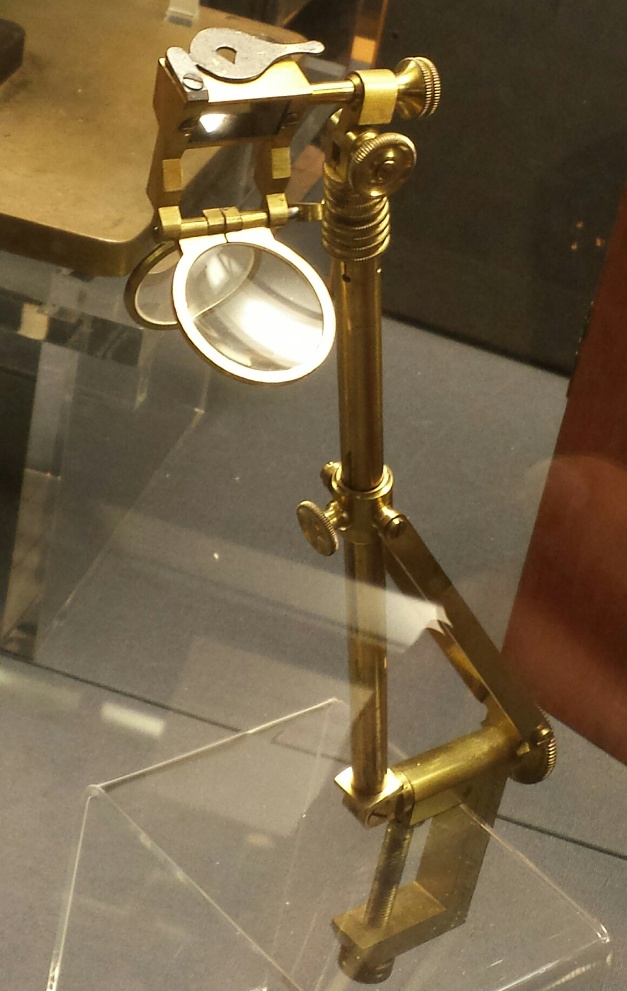 On a recent visit to the Museum of the History of Science in Oxford (http://www.mhs.ox.ac.uk/) several devices on display were primarily for the use of artists rather than scientist. A Wollaston Prism Pattern Camera Lucida (seen above) was made in London during the 19th century and is one of 64 variations in the museum. They are a much easier alternative for drawing in nature than the portable camera obscura seen below.
On a recent visit to the Museum of the History of Science in Oxford (http://www.mhs.ox.ac.uk/) several devices on display were primarily for the use of artists rather than scientist. A Wollaston Prism Pattern Camera Lucida (seen above) was made in London during the 19th century and is one of 64 variations in the museum. They are a much easier alternative for drawing in nature than the portable camera obscura seen below.
Also on view is the photography equipment used or associated with Charles Lutwidge Dodgson (Lewis Carroll), who was a lecturer in mathematics at Christ Church. Note the 1860 wet collodion outfit of photographic chemicals (below right) from Hockin & Company carries the initials C.L.D. The box camera and plate tank are of the period, although they might not be from his personal studio.
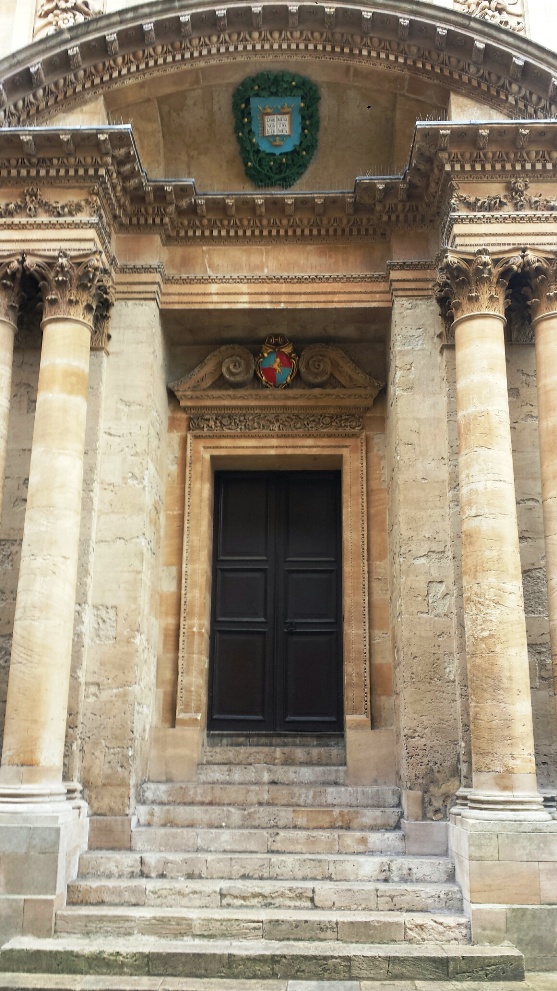 An easy to use database provides more Dodgson material with images: http://www.mhs.ox.ac.uk/collections/imu-search-page/record-details/?thumbnails=on&irn=6022&TitInventoryNo=61498
An easy to use database provides more Dodgson material with images: http://www.mhs.ox.ac.uk/collections/imu-search-page/record-details/?thumbnails=on&irn=6022&TitInventoryNo=61498

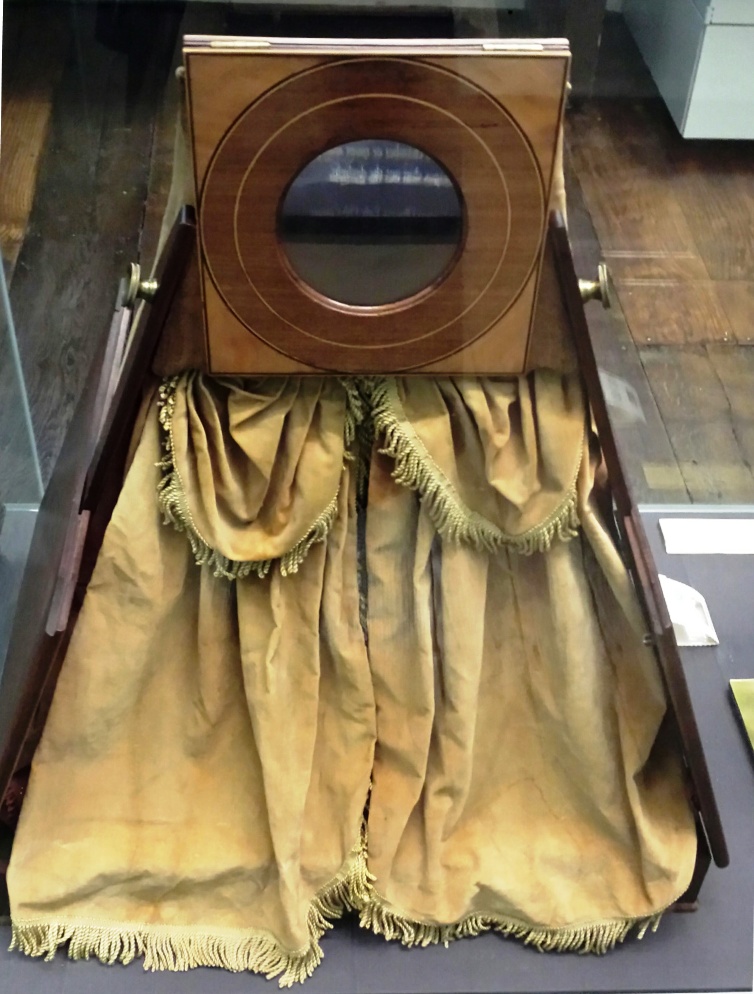
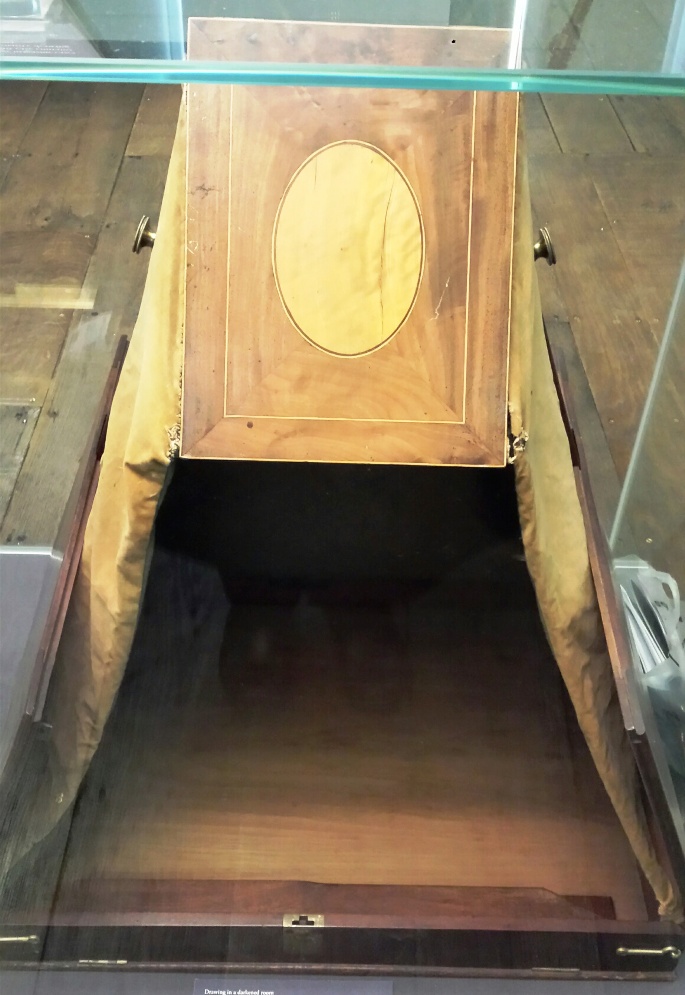
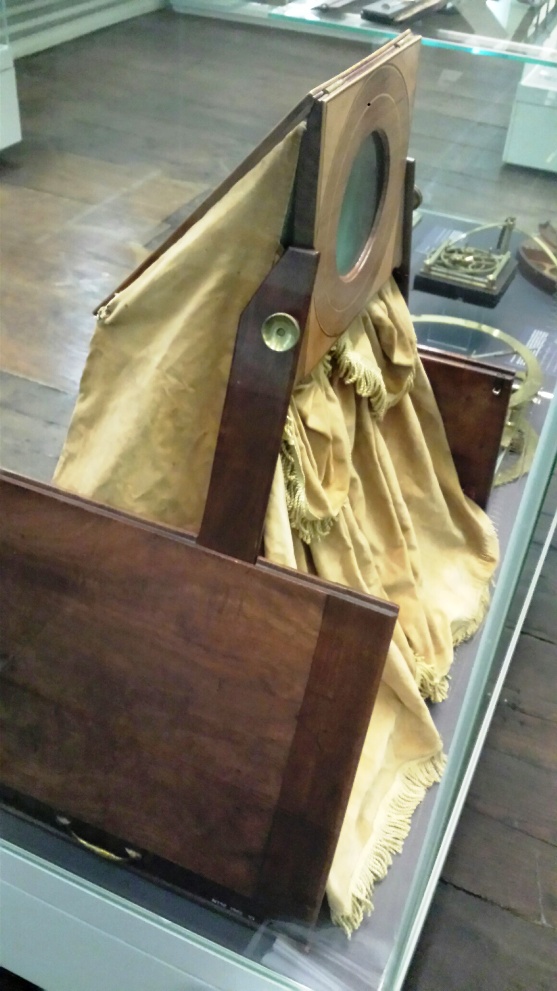
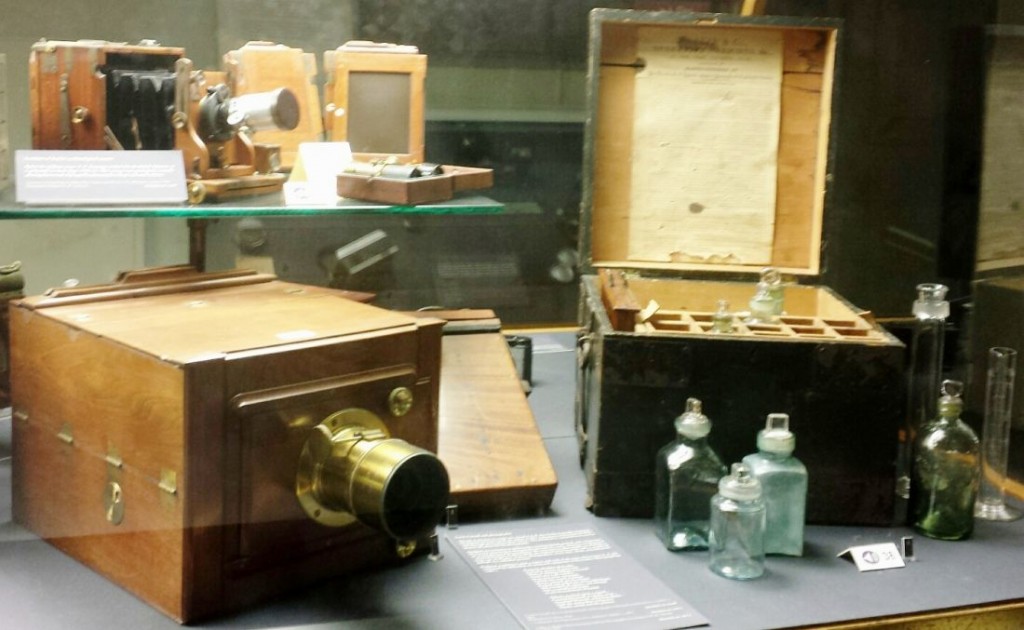
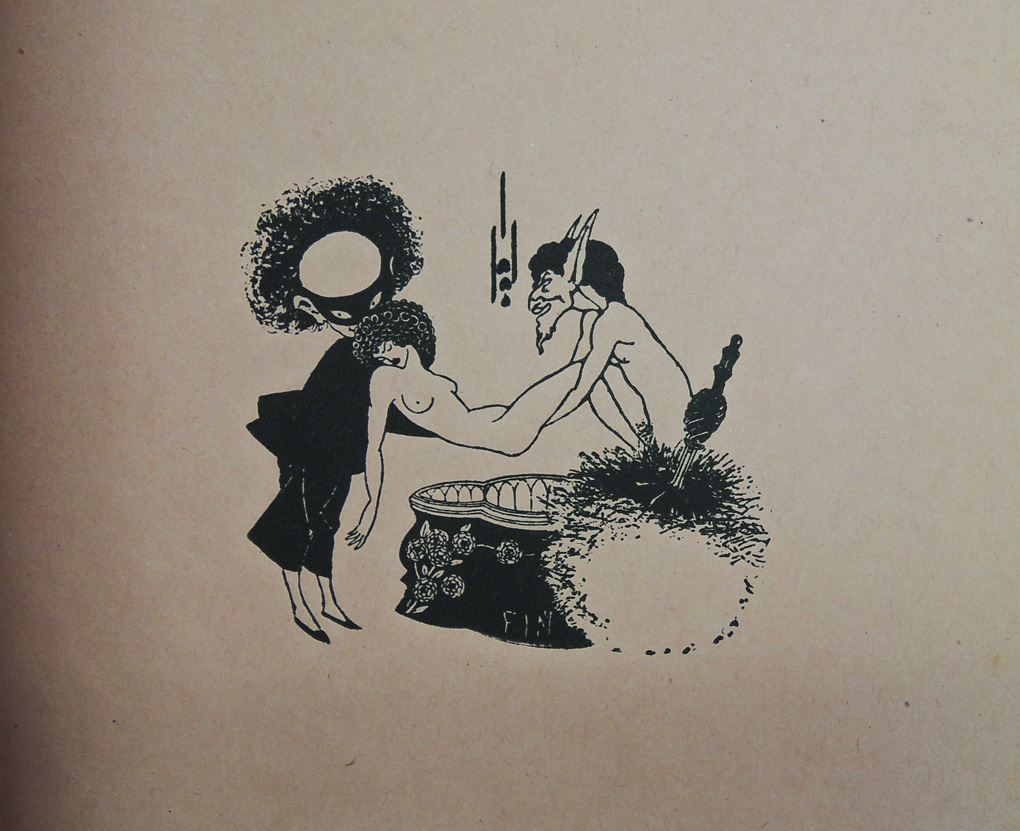
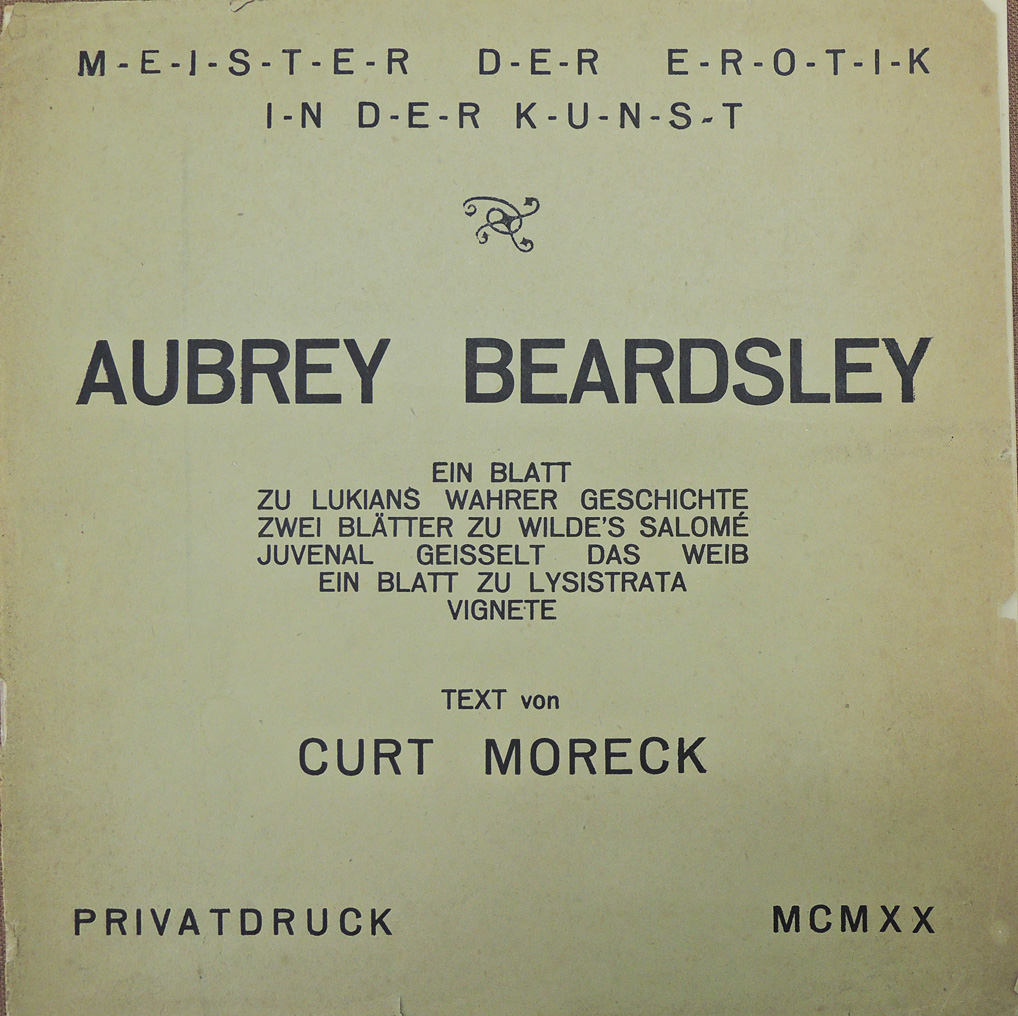
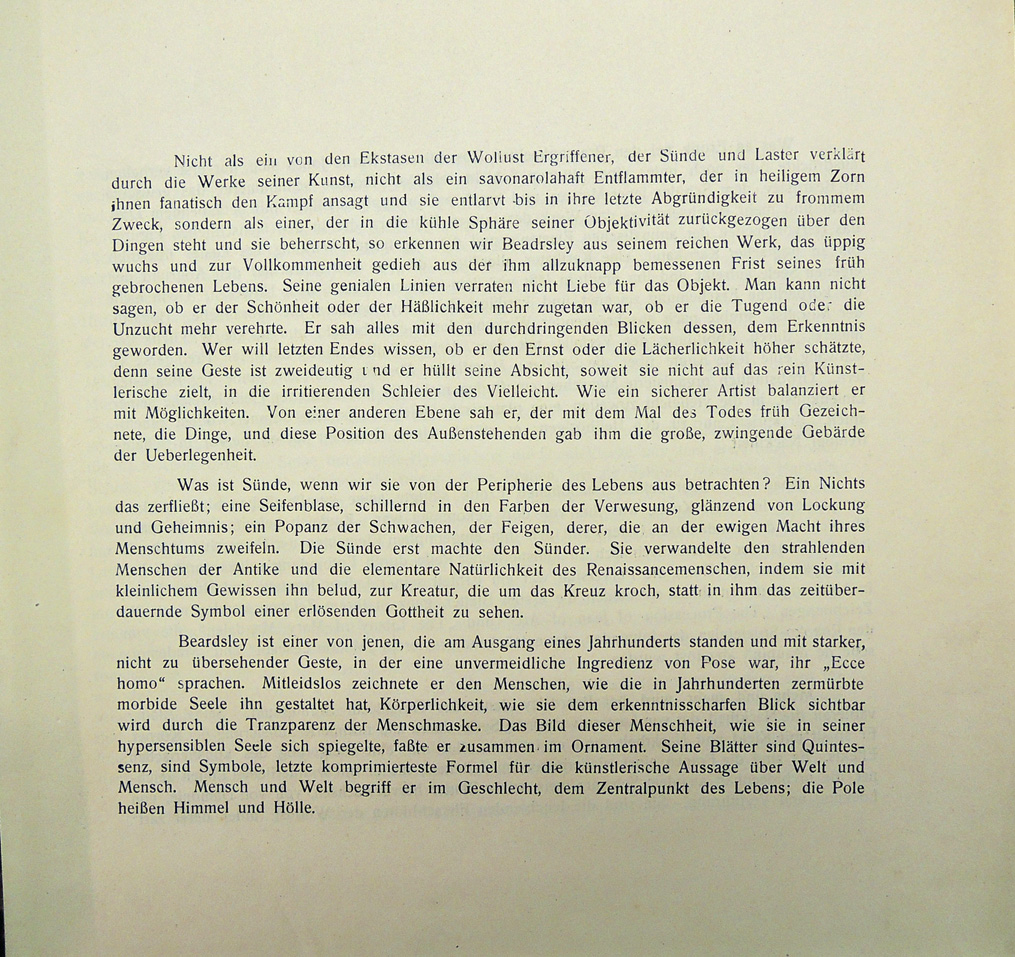

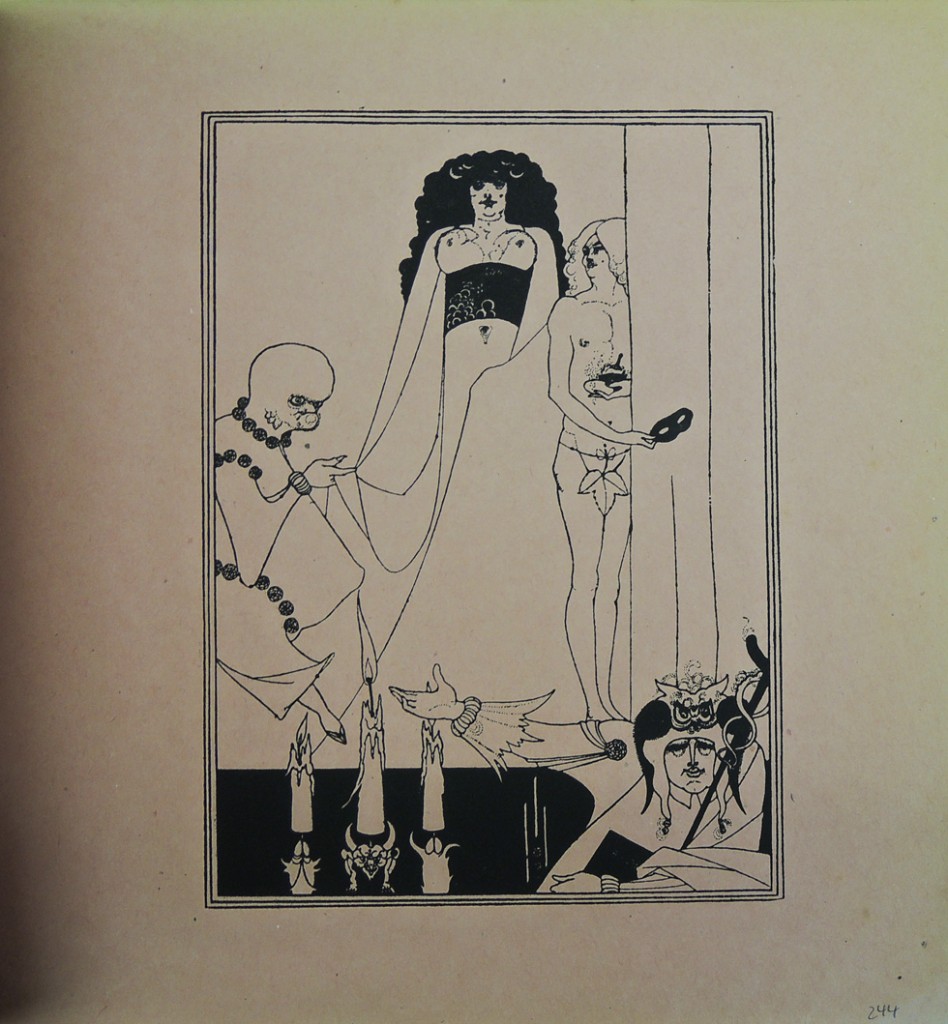

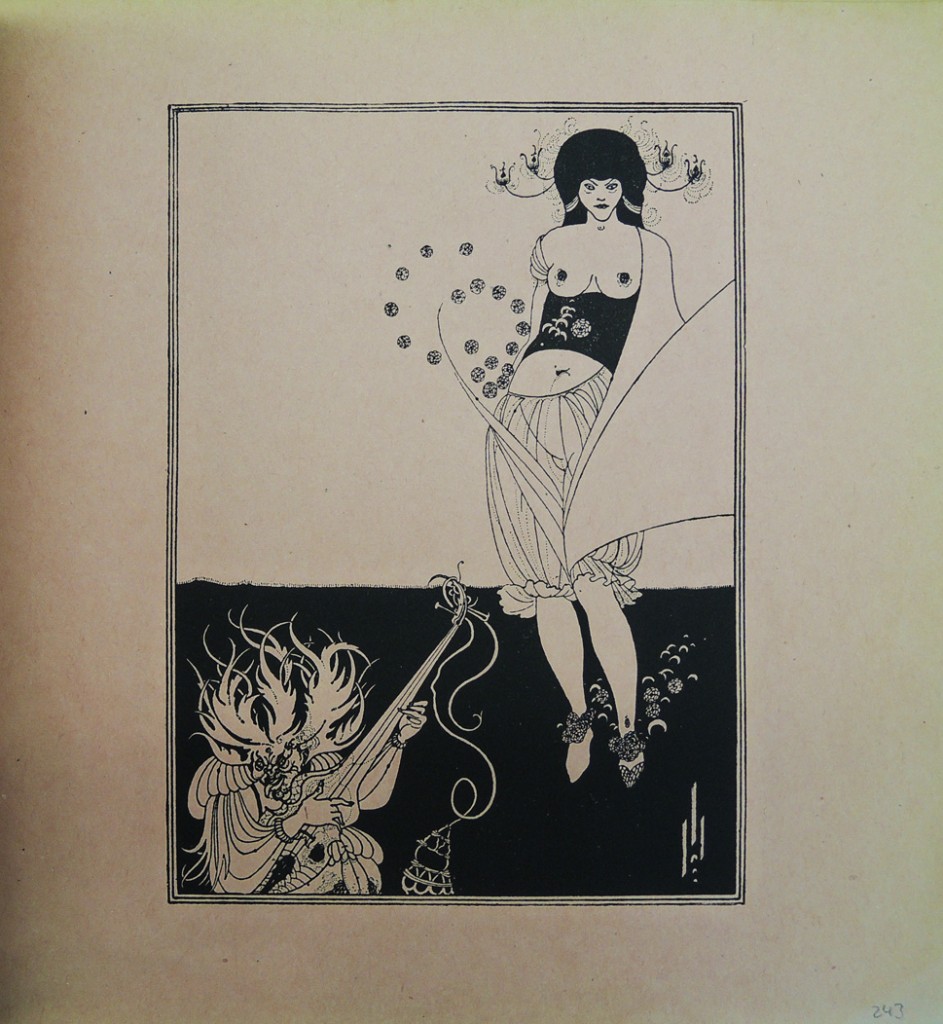
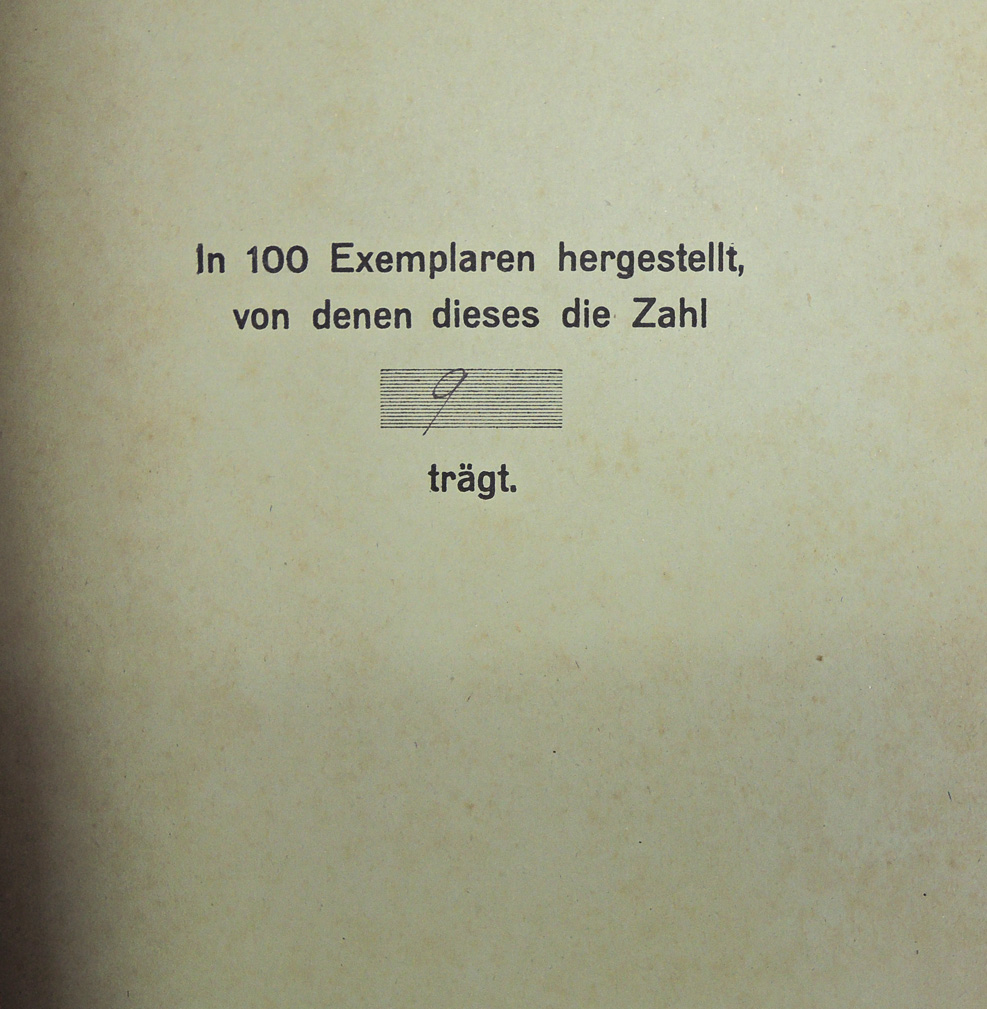
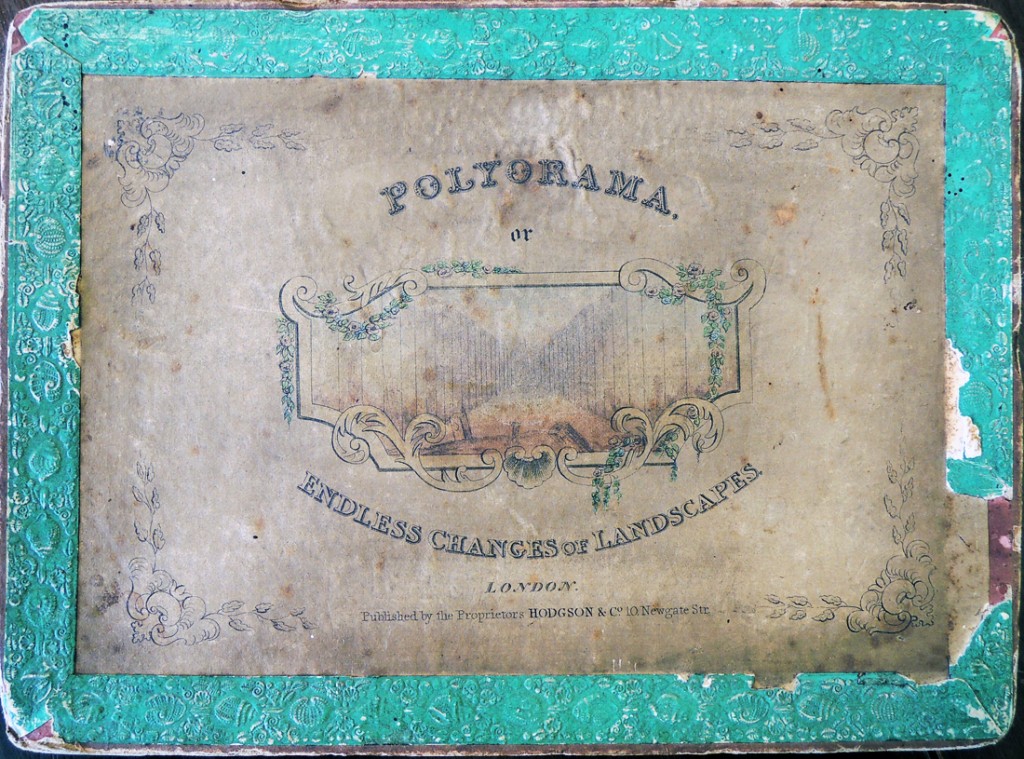
 Polyorama or, Endless changes of landscapes (London: Hodgson & Company, [ca. 1824]). 16 hand colored lithographed cards forming an interchangeable panoramic landscape view. Graphic Arts Collection 2015-in process
Polyorama or, Endless changes of landscapes (London: Hodgson & Company, [ca. 1824]). 16 hand colored lithographed cards forming an interchangeable panoramic landscape view. Graphic Arts Collection 2015-in process